A purpose for plastic: raising awareness with art
On the second floor of Drinko Library, you’ll find hanging on a wall a piece that challenges the traditional notion of art. Instead of clay or paint, this piece is made of something we encounter every day, yet at the same time never think twice about—our own garbage.
Baleigh Epperly, the artist, and president of Marshall’s Sustainability Club, said they originally created the piece for a class project last year; however, they knew they wanted it to impact more than just their grade.
“I did it to bring awareness to the plastic pollution crisis,” Epperly said. “A lot of people don’t realize that’s actually what we’re in. I think people in America have a privileged relationship with single-use plastic.”
Epperly said that the general population does not think about grabbing single-use plastic, using it, throwing it away and definitely not thinking about where it ends up.
According to Epperly, only about 8% of the plastic that’s used is recycled. The majority of the plastic waste America produces is shipped off to other countries that recycle it and make it into various items. Still, so much trash accumulates that there is significant buildup.
“Since only 8% gets recycled, where does the rest go? Usually, it gets incinerated, which means it’s burned, which is terrible for our air quality,” Epperly said. “Or it ends up in waterways,” Epperly said that plastic ends up in our water and that it contaminates the water in the form of microplastics, which we end up consuming.
“I would walk to campus, and I would see so much plastic waste everywhere,” Epperly said. “I thought to myself; we have this sort of ‘out of sight out of mind’ mentality. I thought to myself; well, how would things change if we could see it?”
The piece itself comprises pieces of garbage that Epperly picked up around campus and pieces from their own collection. The background is crafted from garbage bags, and among the waste, there are flower and butterfly embellishments, which Epperly said represents the resiliency of the Earth.
Epperly said that their goal was to make it a large and imposing piece so that people would have to look at it and become aware of their day-to- day impact on the environment.
“The idea was that two things could arise from it. One would be that you would internalize it—how much plastic you use and make a switch to other alternatives,” Epperly said. “The second thing would be you get upset at the companies who make this stuff, and you get inspired to take action.”
Epperly said they have always had a passion for sustainability, which started as early as elementary school.
“I remember having that mentality of children of always wanting to ask questions,” Epperly said. “I wondered why we weren’t doing anything if we knew of a way to stop it, so I actually went to my principal and asked if we could recycle our plastics.”
Epperly said they got the idea for a plastic-free campus petition from this piece, and it ended up being a way for them to get more signatures to make that goal a reality, as the Uni- versity pledged to be plastic-free by 2026.
They added that their only hope is that more people become aware of the impact that plastic waste has on the planet.
Epperly’s passion for eco-activism and art translate far beyond school as well. Outside of leading Marshall’s Sustainability Club, they also run an online shop that sells jewelry, stickers, pins and various other hand- made crafts all inspired by nature and what it has to offer.
Epperly’s plastic art piece can be found in the Reading Room of Drinko Library, and their shop, Zendelphia Creations, can be found on Instagram.
Your donation will help continue the work of independent student journalism at Marshall University. If you benefit from The Parthenon's free content, please consider making a donation.


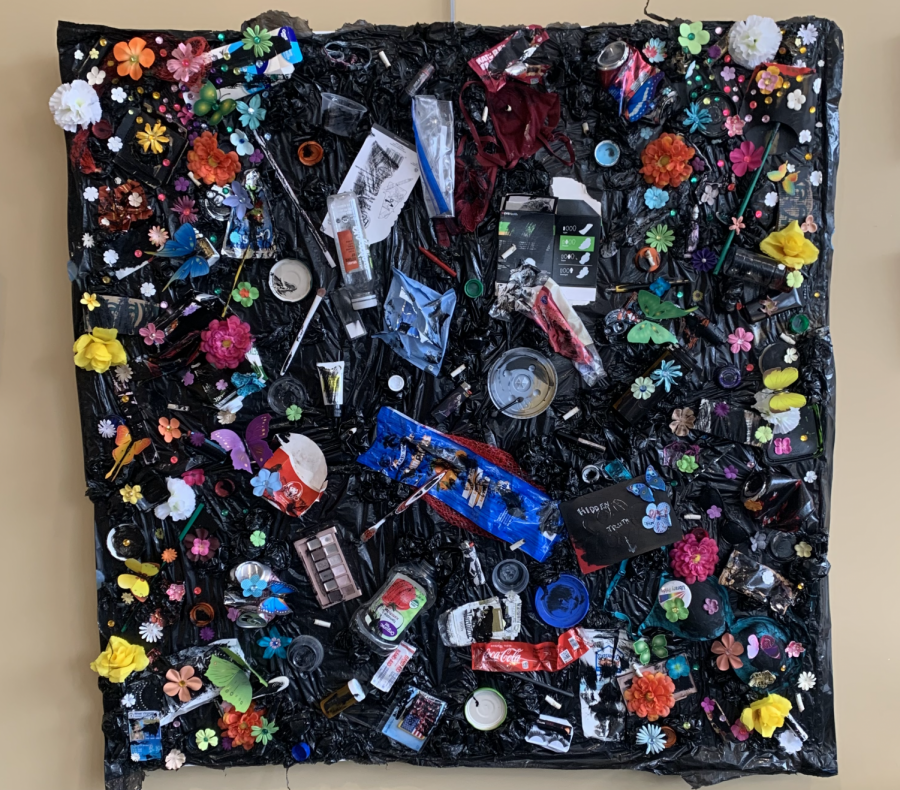
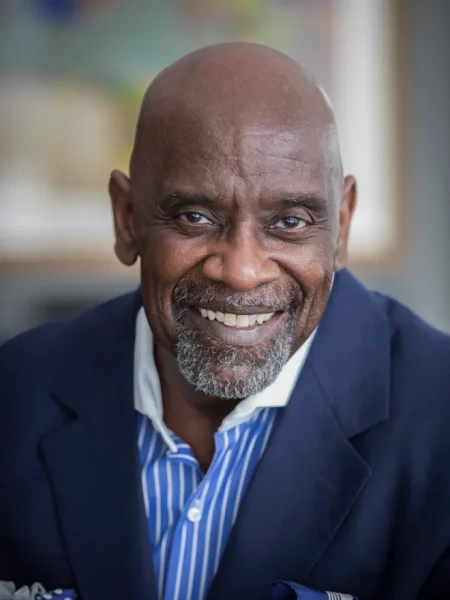
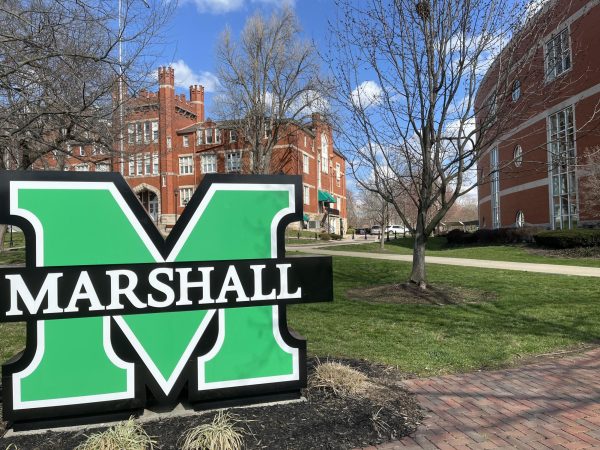
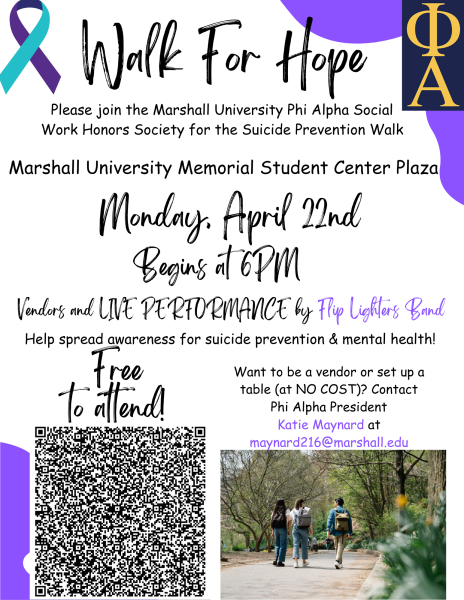
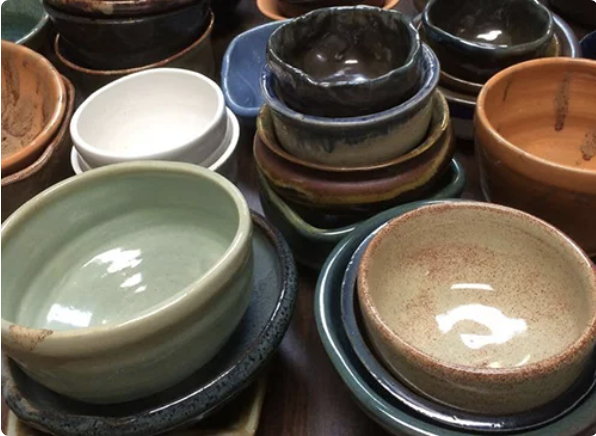
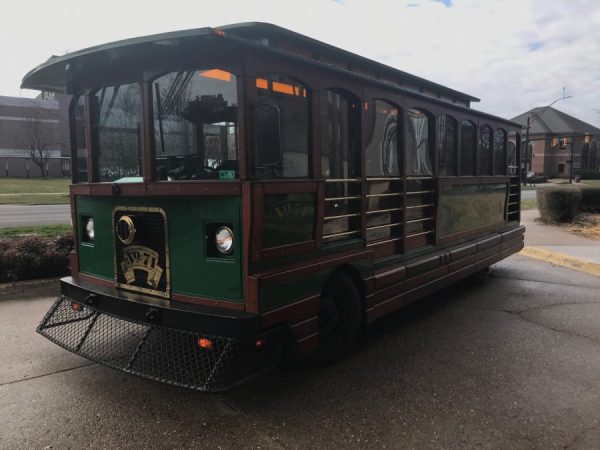
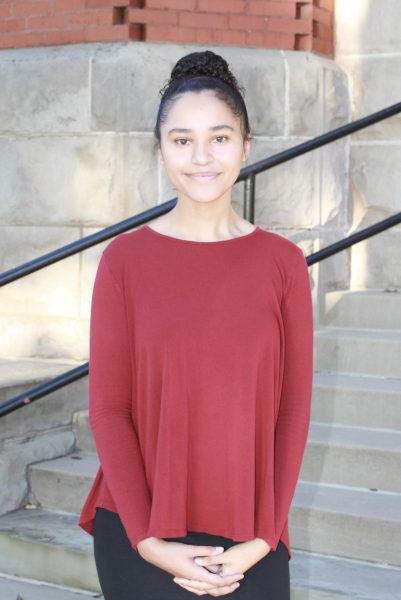
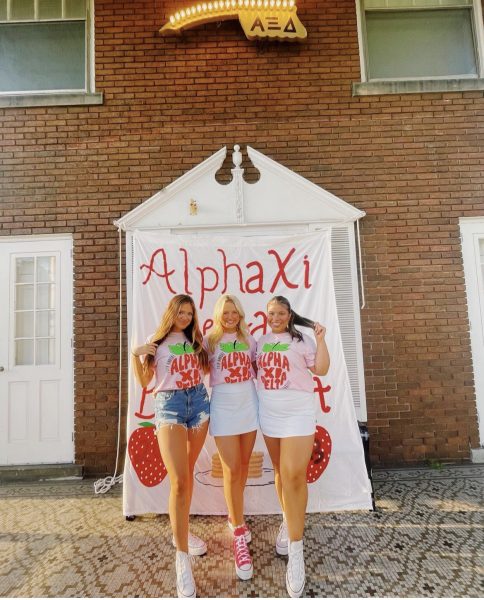
Baleigh • Mar 1, 2021 at 6:59 pm
Beautifully written, so thankful to be the topic of such a cool article, thank you Miranda!